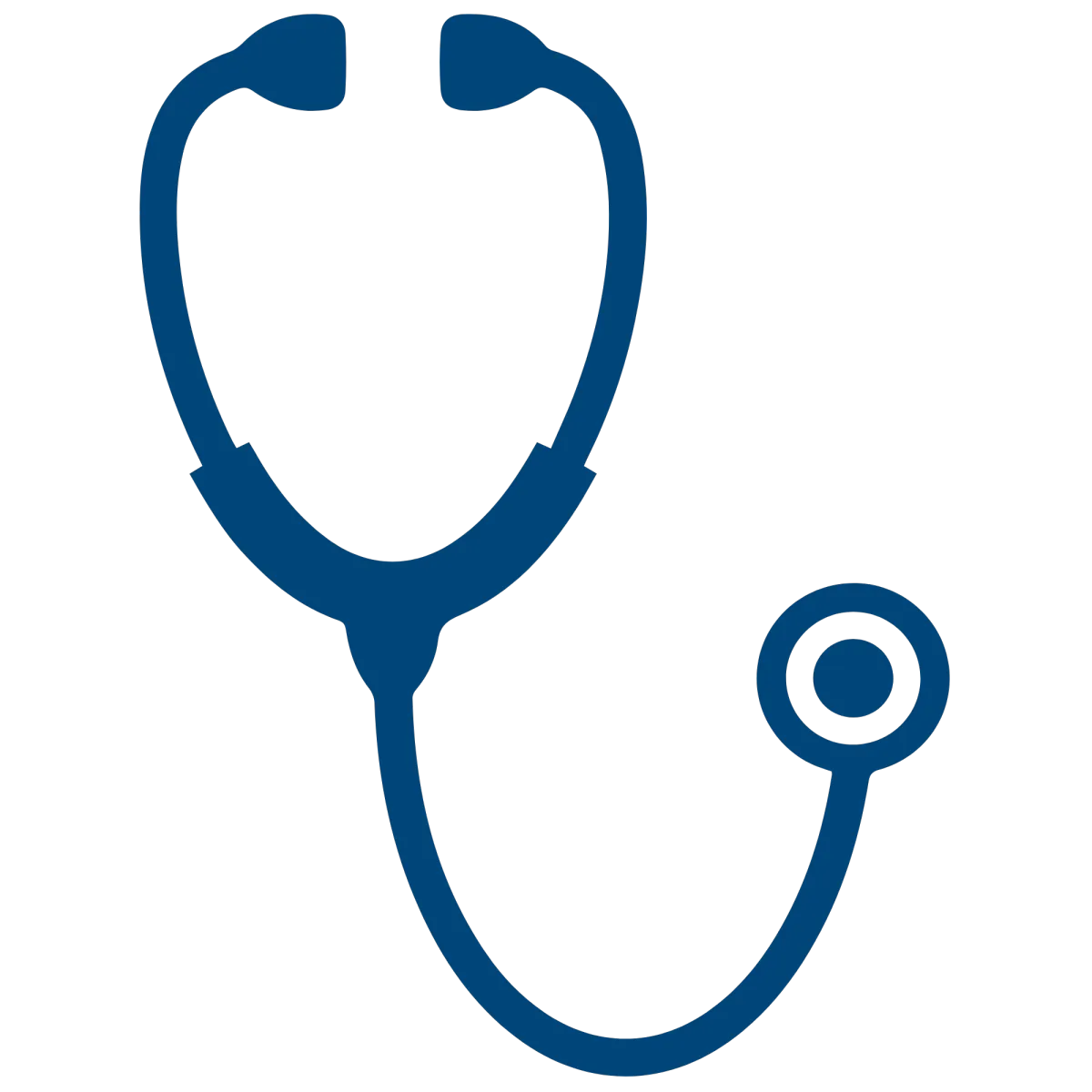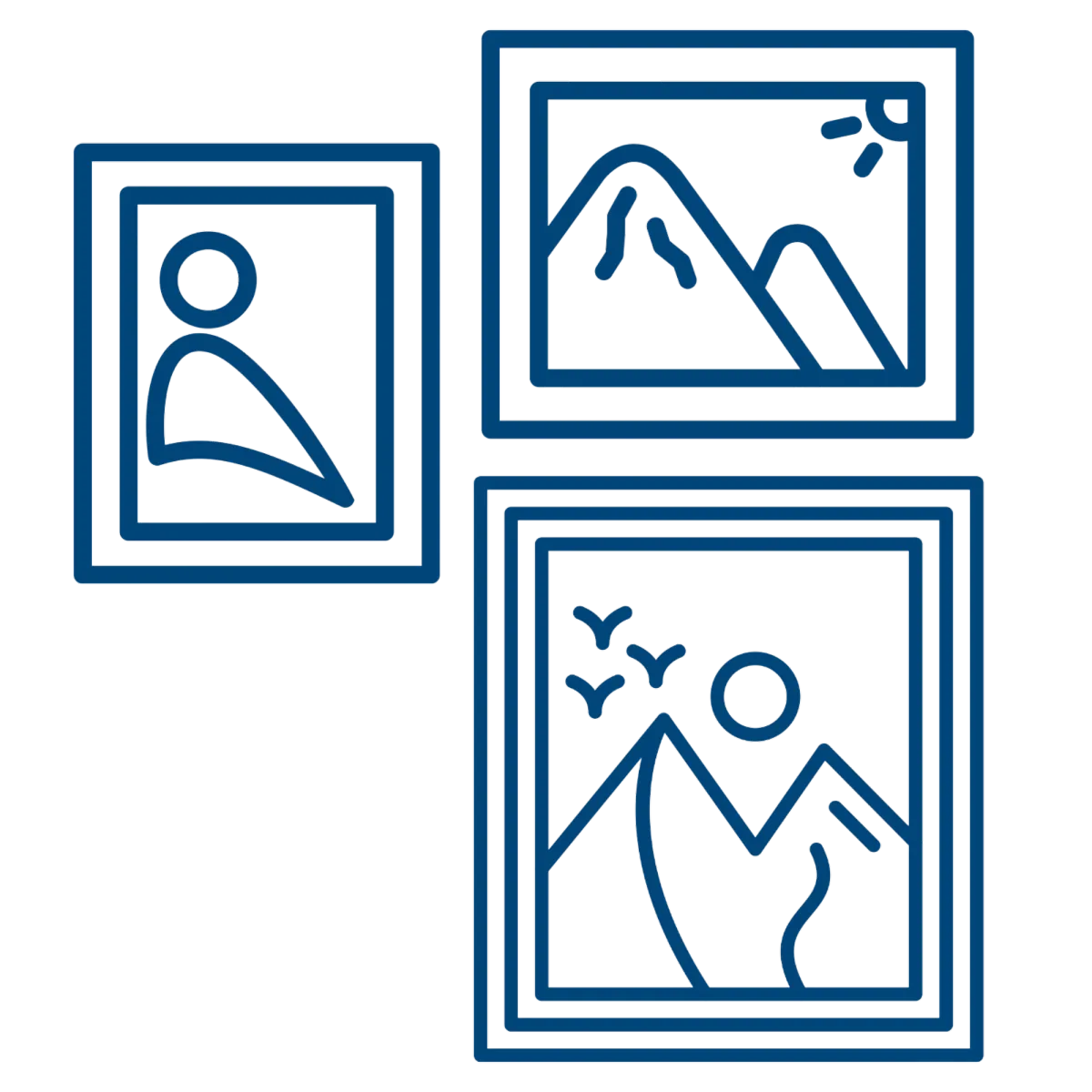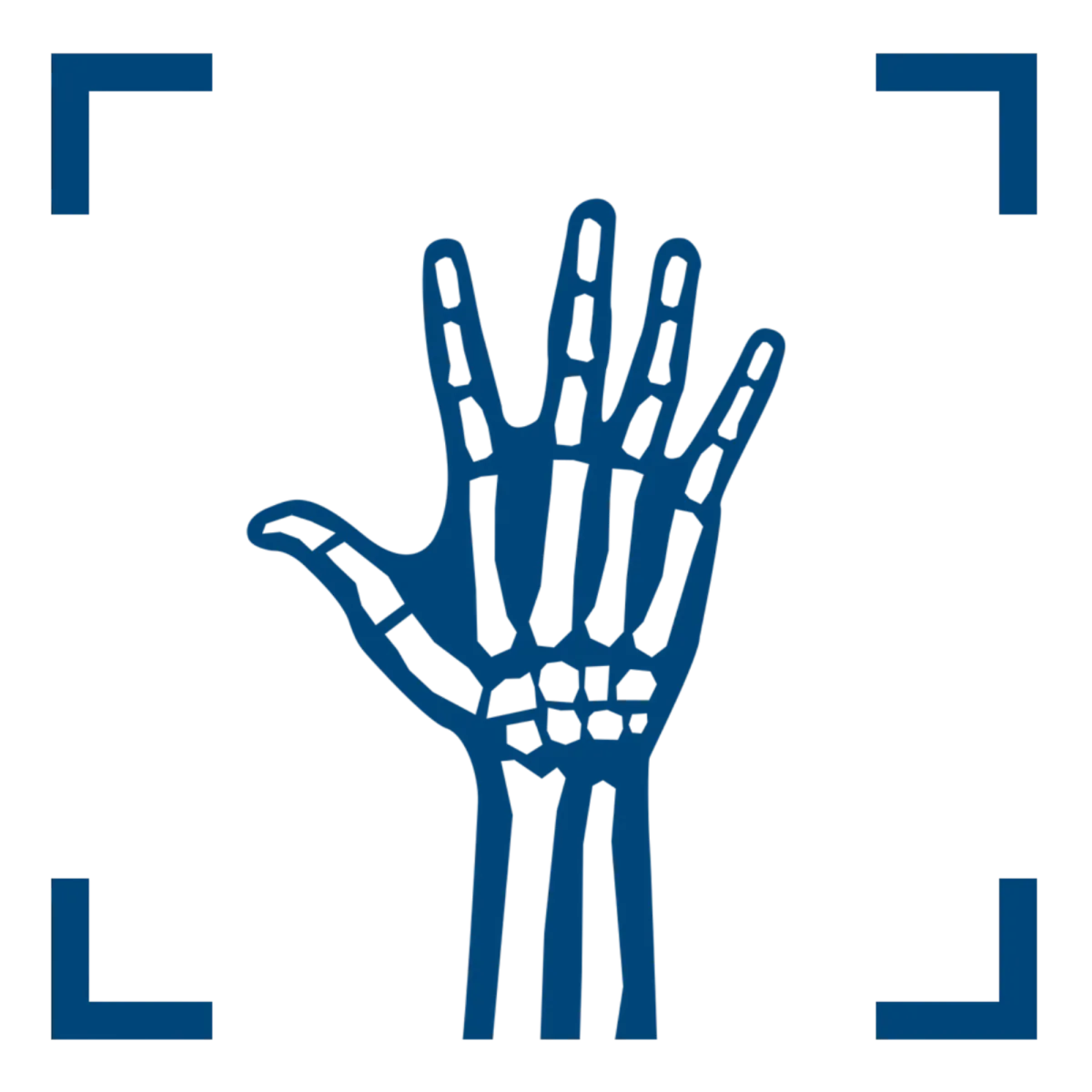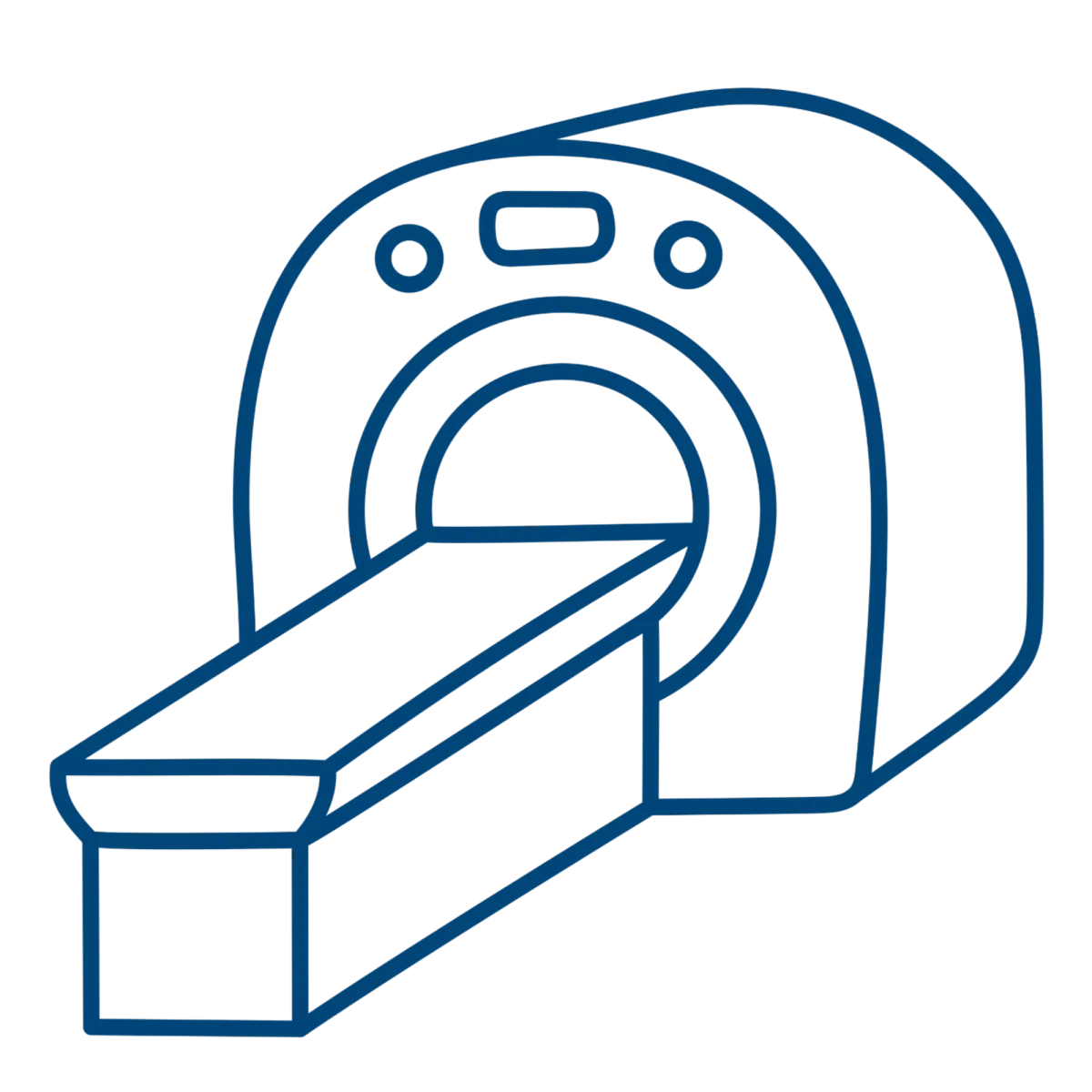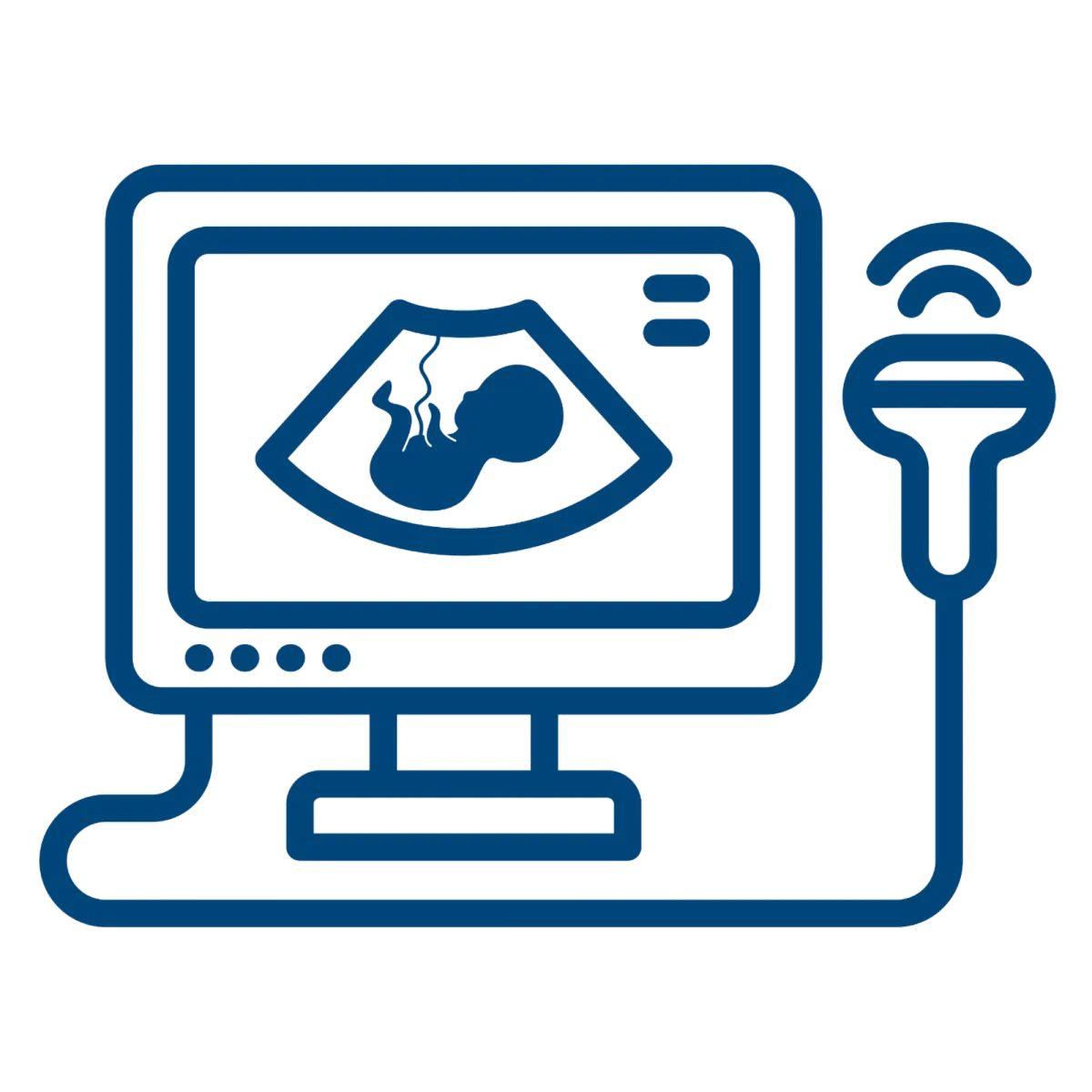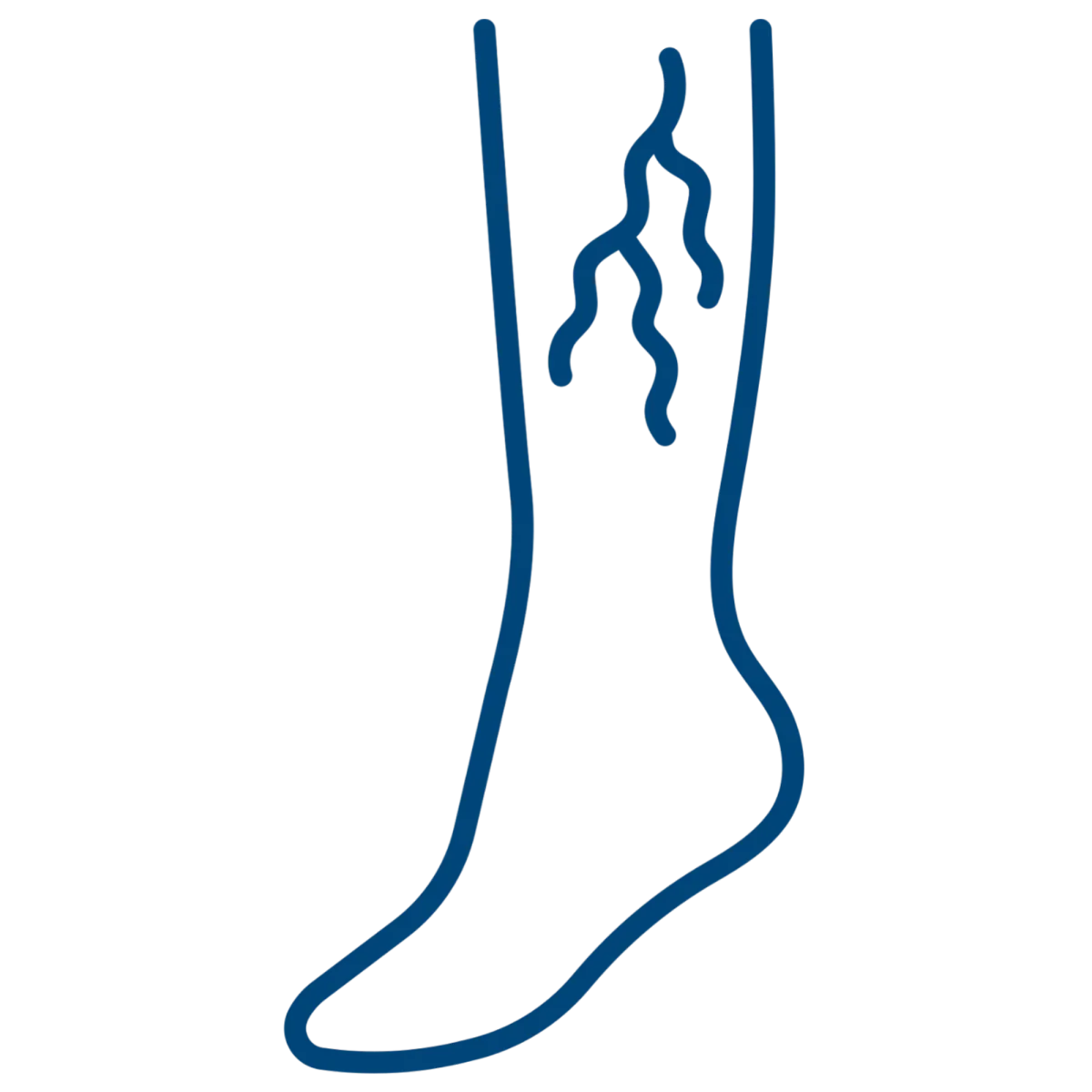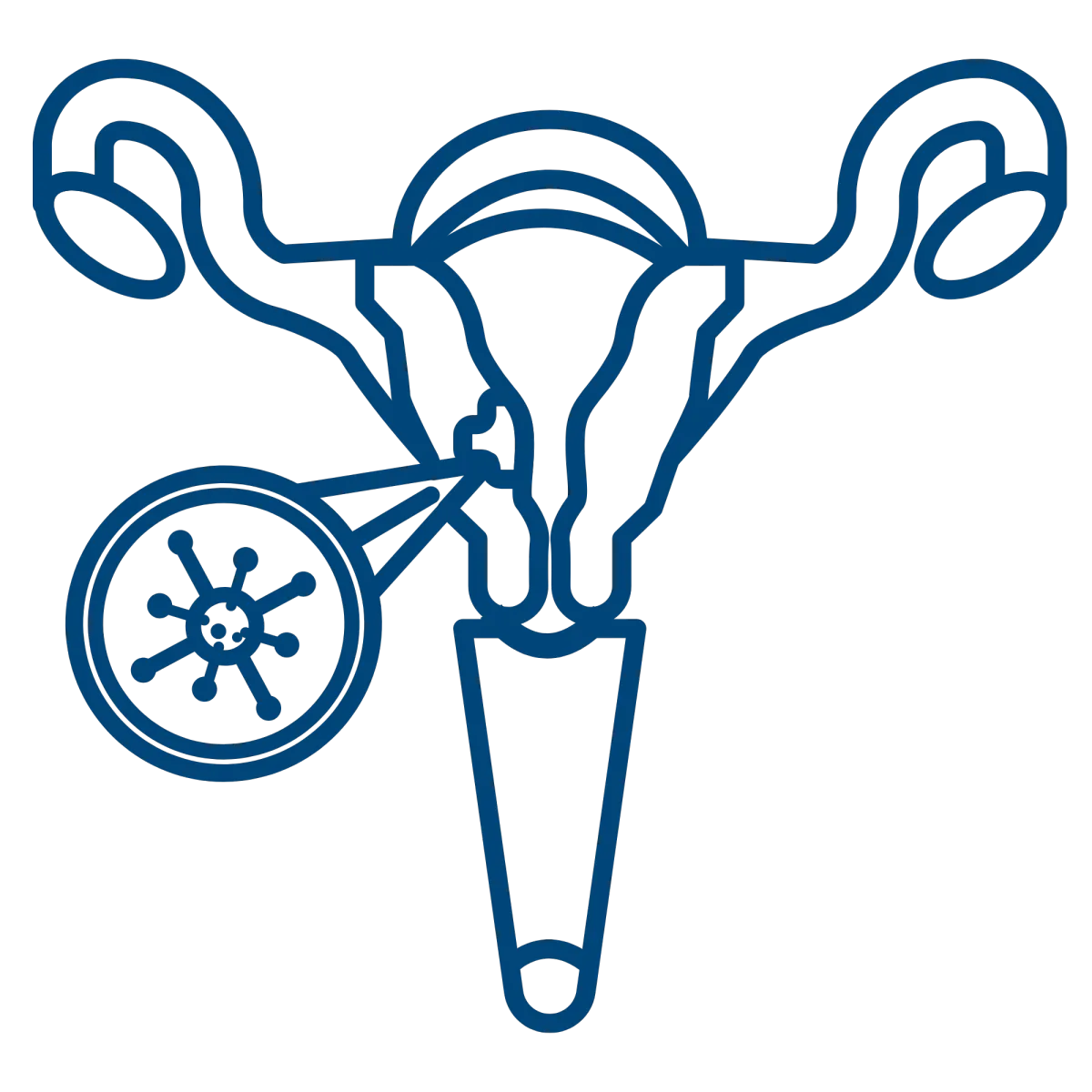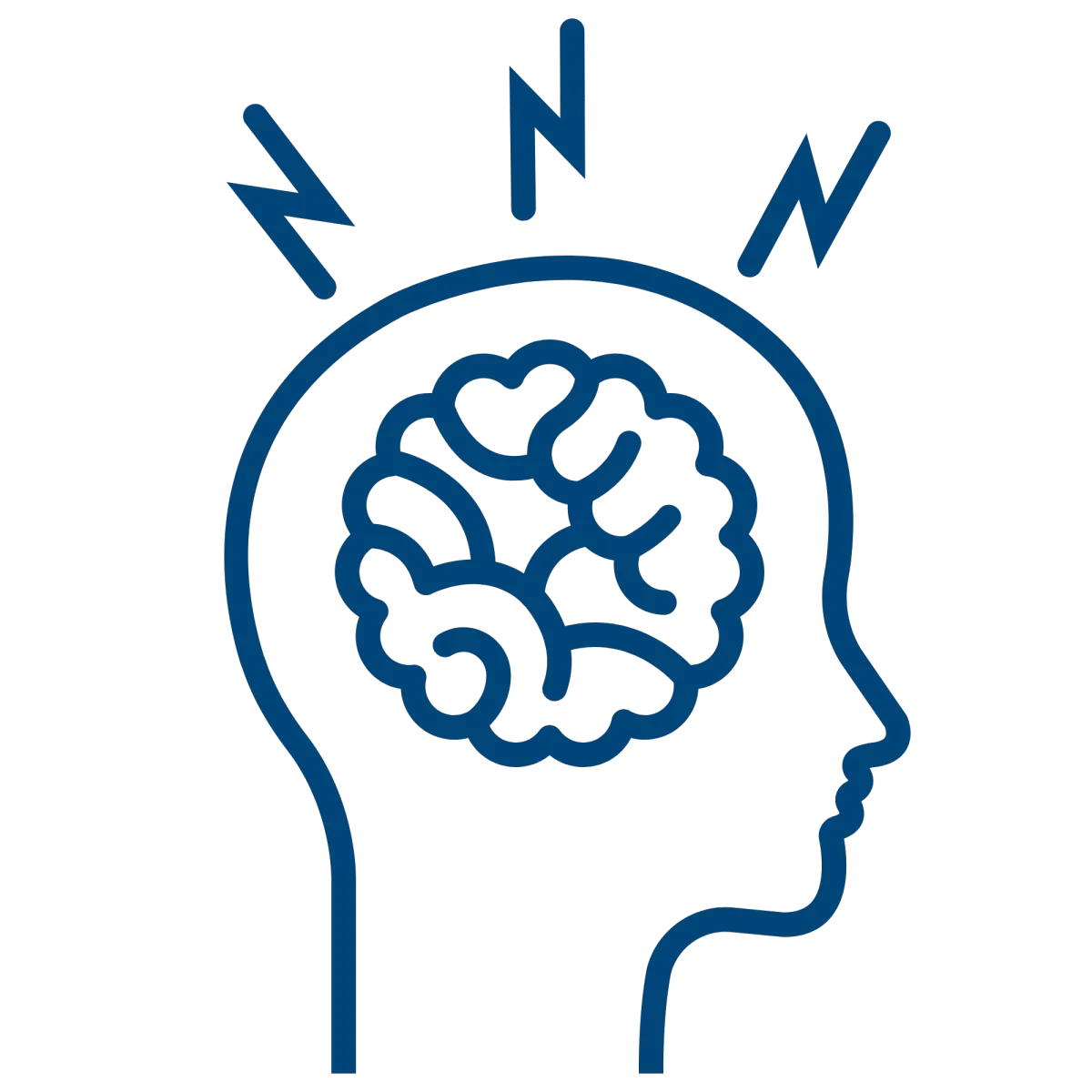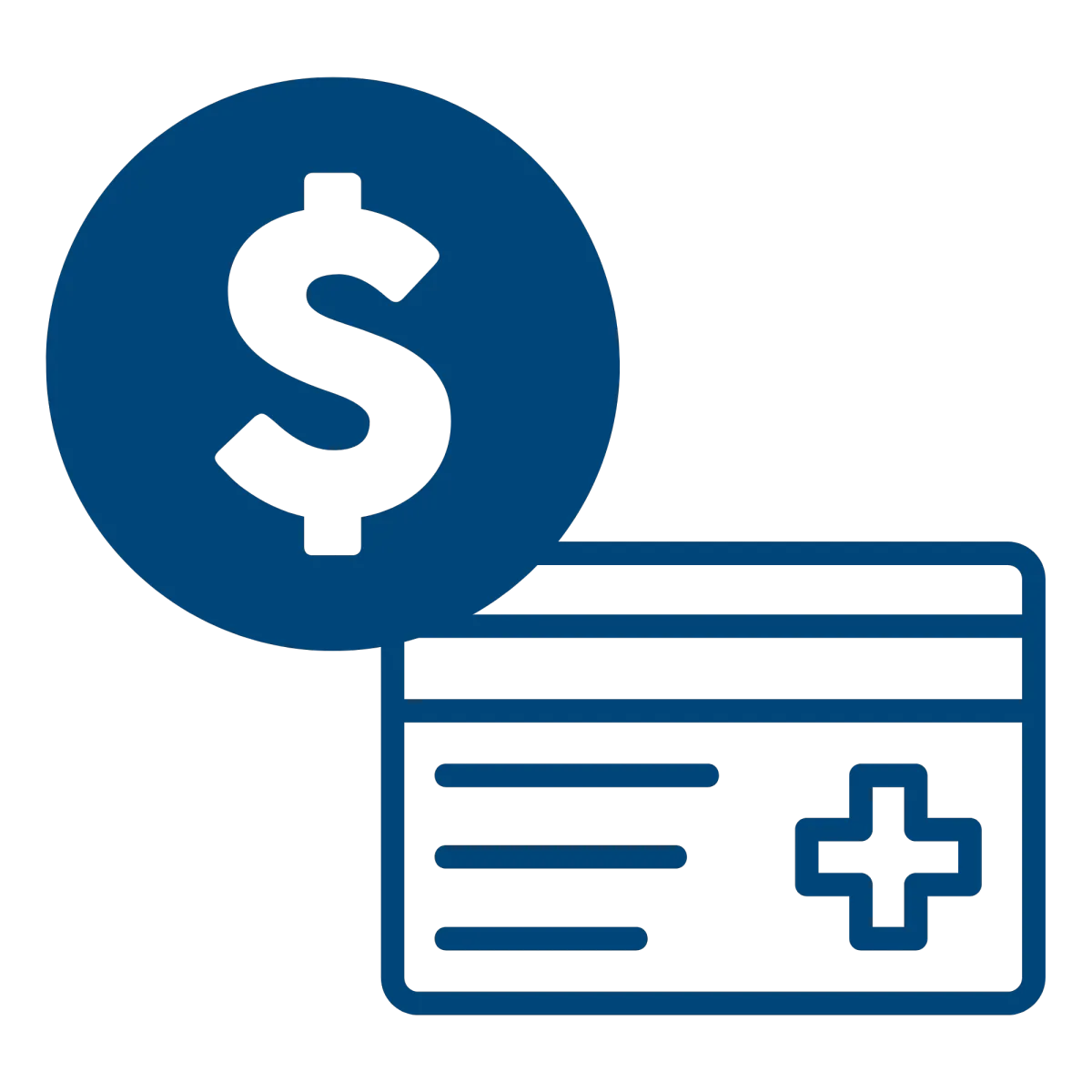Varicose Veins
World-Class Experts
We are the oldest and largest private radiology group in the Omaha/Council Bluffs area, offering patients world-class expertise in the areas of:
- Abdominal imaging
- Breast Imaging
- Musculoskeletal Imaging
- Neuroimaging
- Nuclear medicine/molecular medicine
- Pediatrics
- Trauma
- Vascular and interventional radiology
Reliable Results
The accuracy of your diagnosis largely hinges on three things:
1) the technology of your diagnostic machines,
2) the experience of the person performing your tests, and
3) the specialization and experience of the radiologist who reads your reports
We have you covered with our top-of-the line equipment and the most experienced radiology team in the area.
You're in good hands!
What are varicose veins?
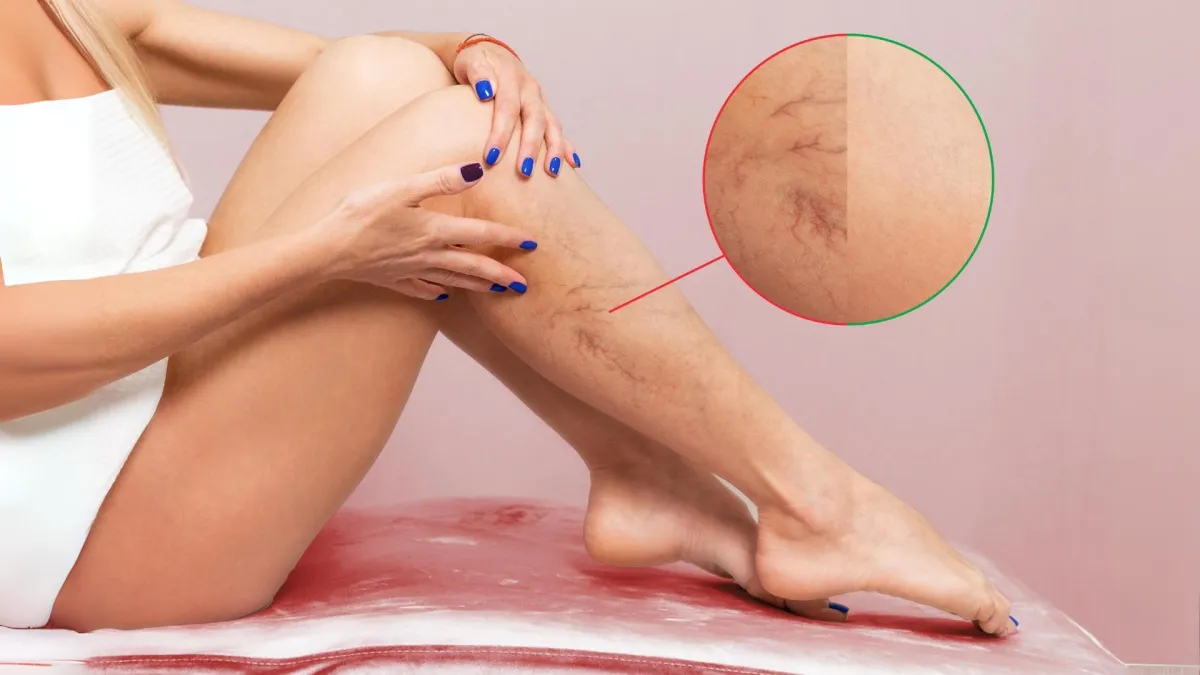
Varicose veins are swollen, twisted veins that typically appear on the legs and feet. They occur when the valves inside the veins fail to function properly, causing blood to pool and the veins to become enlarged. This condition is often associated with discomfort, pain, and in some cases, more serious complications. Varicose veins are common and can be influenced by factors such as genetics, age, pregnancy, and prolonged standing.
What are the symptoms of varicose veins?
Symptoms of varicose veins can include:
Visible veins
Enlarged, twisted veins visible just under the skin, often appearing blue or purple
Pain or Discomfort
Aching, throbbing, or a heavy sensation in the legs, especially after standing or sitting for long periods
Swelling
Especially in the lower legs and ankles
Itching or Irritation
Around the affected veins
Muscle Cramps or Restlessness
In the legs, particularly at night
Understanding Varicose Veins
Varicose veins are enlarged, twisted veins that appear beneath the skin. These veins can vary in size, from the thickness of a phone charging cable to the size of a finger. Varicose veins can cause discomfort, including feelings of heaviness, aching, soreness, and fatigue, particularly after standing or walking for extended periods of time. Some individuals may also experience itching, pressure, or cramps in their legs, along with symptoms like restless leg syndrome. These issues arise when blood pools in the veins, increasing pressure. Varicose veins can affect both men and women, but are more common in women.
What Causes Varicose Veins?
Varicose veins are caused by a combination of genetic and environmental factors. If close family members, such as parents or siblings, have varicose veins, you may be more likely to develop them as well. People who spend long hours standing or sitting, such as in certain occupations, are at higher risk due to the effects of gravity. Hormonal changes, particularly during pregnancy, can also contribute to the development of varicose veins. Increased pressure in the abdomen and pelvis during pregnancy can further strain the veins in the legs. Obesity, which increases pressure on the lower body, is another risk factor. Over time, the constant pressure causes blood to pool in the veins, damaging their walls and valves, leading to varicose veins and associated symptoms.
The Progression of Varicose Veins
Varicose veins typically start with mild discomfort, but if left untreated, the condition can worsen. As the disease progresses, ankle swelling may become more prominent due to reduced blood flow. This can lead to skin changes, such as thickening, darkening, and increased vulnerability to sores. In severe cases, non-healing ulcers may form. Blood clots can also develop in varicose veins, leading to superficial thrombophlebitis—a condition that causes localized pain and inflammation. Although superficial thrombophlebitis is not dangerous, it can be uncomfortable.
If varicose veins become more painful or develop complications, it is important to seek care from a vein specialist. Early treatment can help alleviate symptoms and prevent
further progression of the disease.
How does MIC treat Varicose Veins?
Varicose veins are treated by closing the diseased vein to redirect blood flow to healthy veins, relieving symptoms. There are multiple ways to treat varicose veins, including:
Sclerotherapy
A solution is injected into the veins, causing them to collapse and fade from view.
Endovenous Glue Treatment
A catheter is inserted into the vein and delivers a small amount of specially formulated medical adhesive (glue) to close the vein.
Endovenous Laser Treatment (EVLT)
A catheter is inserted into the vein and uses laser energy to cause the vein to collapse.
Our physicians will meet with you in clinic to determine if you are a candidate for treatment and which treatment method would be the best fit for you.
Though varicose veins don’t usually cause severe medical issues, they could potentially lead to sores, bleeding, superficial thrombophlebitis and deep vein thrombosis. To avoid medical complications from varicose veins, there are treatment options such as:
Venous Ablation
This outpatient procedure is performed with imaging guidance. A thin catheter is inserted into the vein. The laser energy heats and seals the vein closed.
Ambulatory Phlebectomy
During this procedure, the abnormal vein is removed through a small incision.
Injection Sclerotherapy
An injection with a solution that shrinks the vein is inserted into the vein.
Before recommending the treatment that’s best for your veins, our Denver Vein experts perform a Doppler venous ultrasound. Doppler imaging allows them to diagnose your vein condition and create an individualized treatment plan.
After treatment, the varicose veins are permanently closed and then gradually disappear as they’re either reabsorbed or shrink. Venous insufficiency and any of the related symptoms are also eliminated. Your body is also able to restore healthy circulation by rerouting blood through other veins.
About Your Varicose Vein Procedure
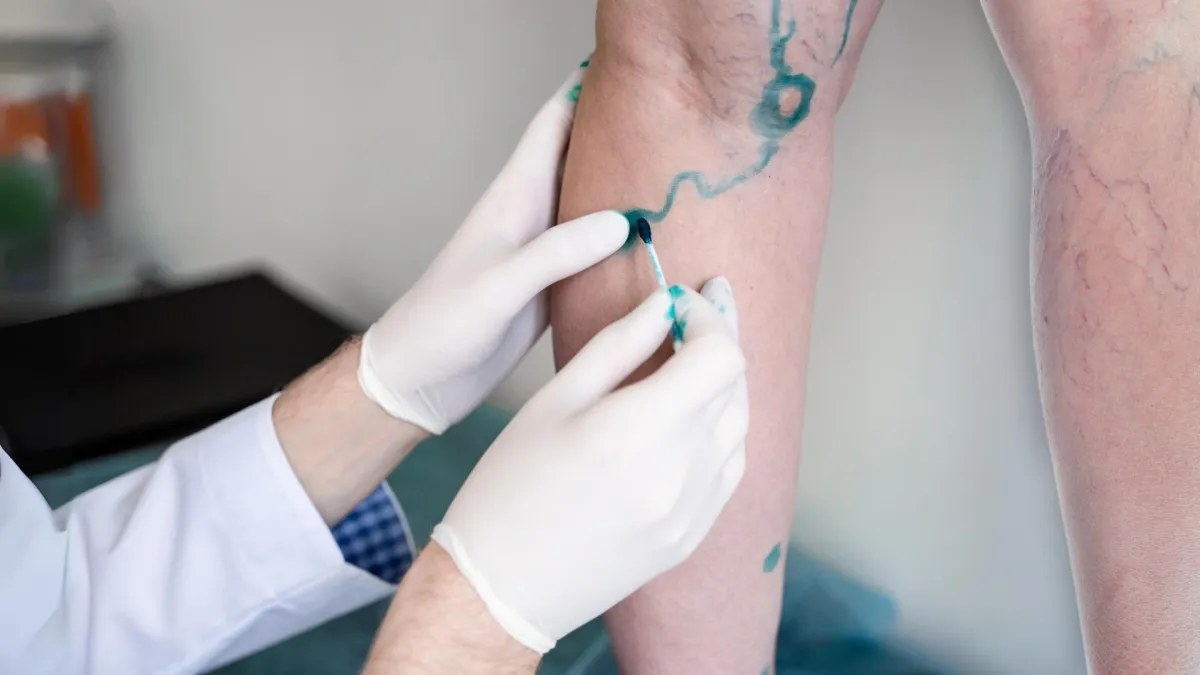
Varicose vein procedures use minimally invasive techniques designed to treat and alleviate the symptoms by closing off affected veins to improve blood flow and reduce vein visibility. By targeting the underlying issues with vein function and appearance, these treatments help relieve discomfort, reduce swelling, and enhance overall leg health.
MIC's minimally invasive varicose vein procedures are done in our offices and you are able to return home the same day.
Varicose
Veins
Pelvic
Pain
Non Healing Wounds
Plantar
Fasciitis
Uterine
Fibroids
Benign Prostatic Hyperplasia
Services

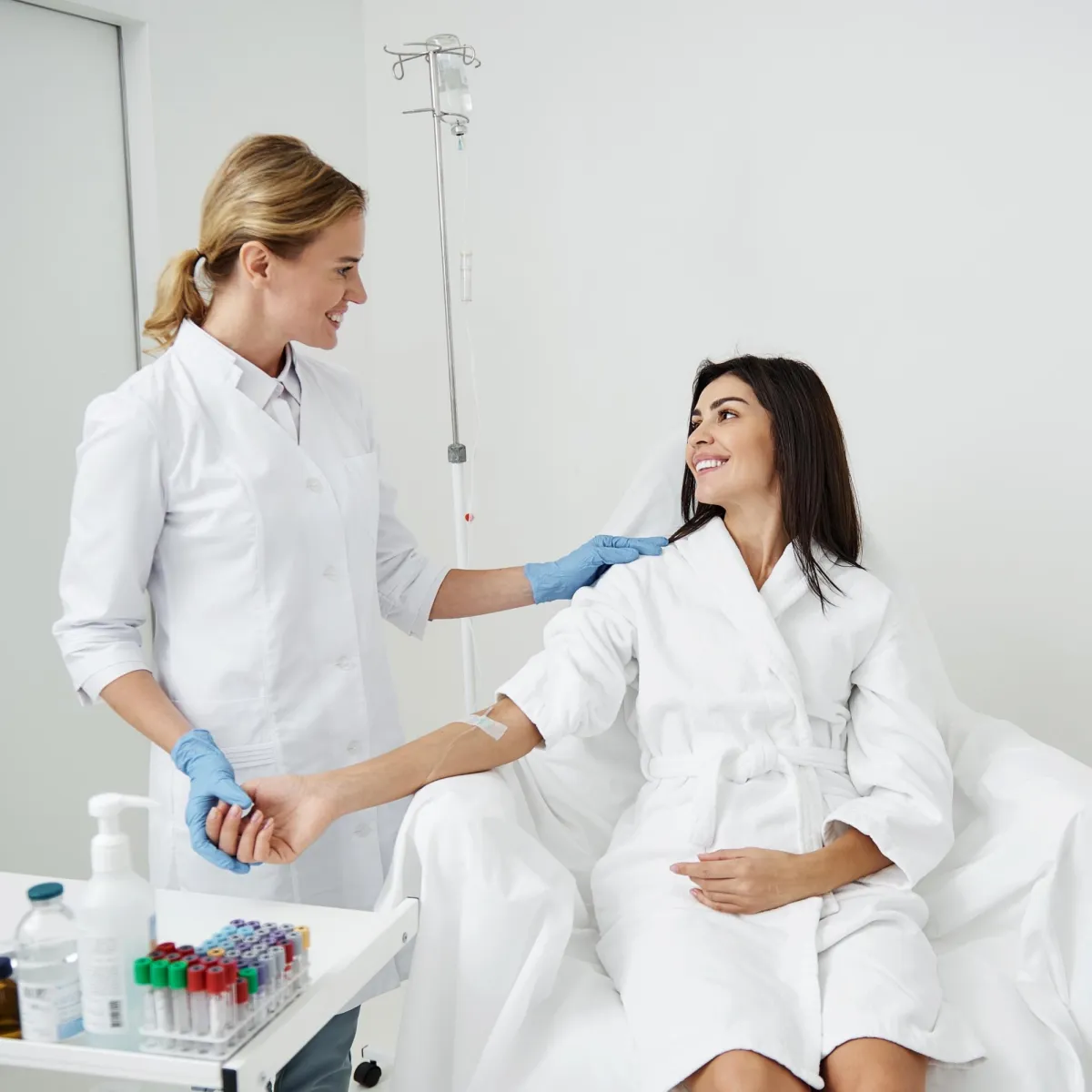

CT Scan
Minimally Invasive Therapies
Molecular Medicine
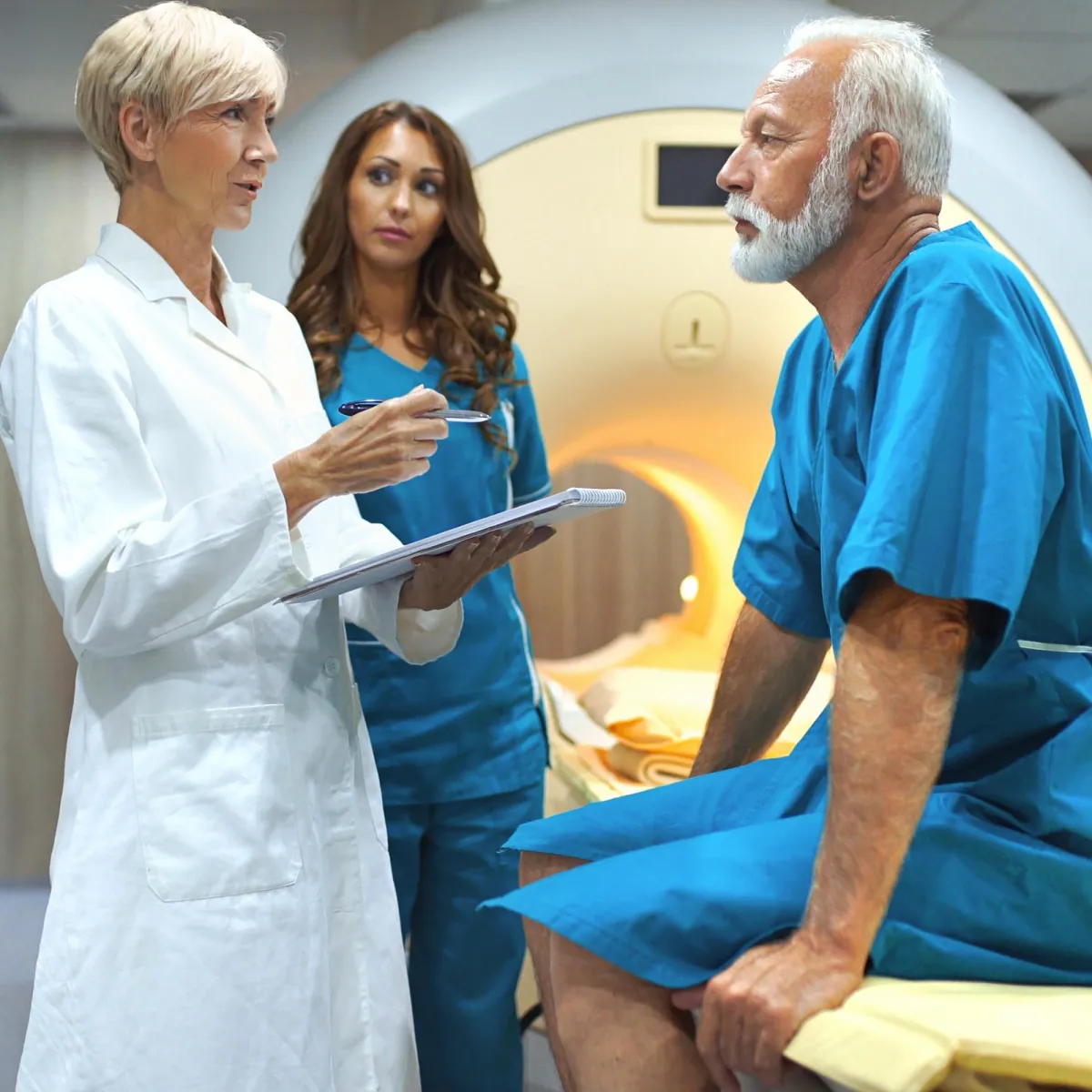
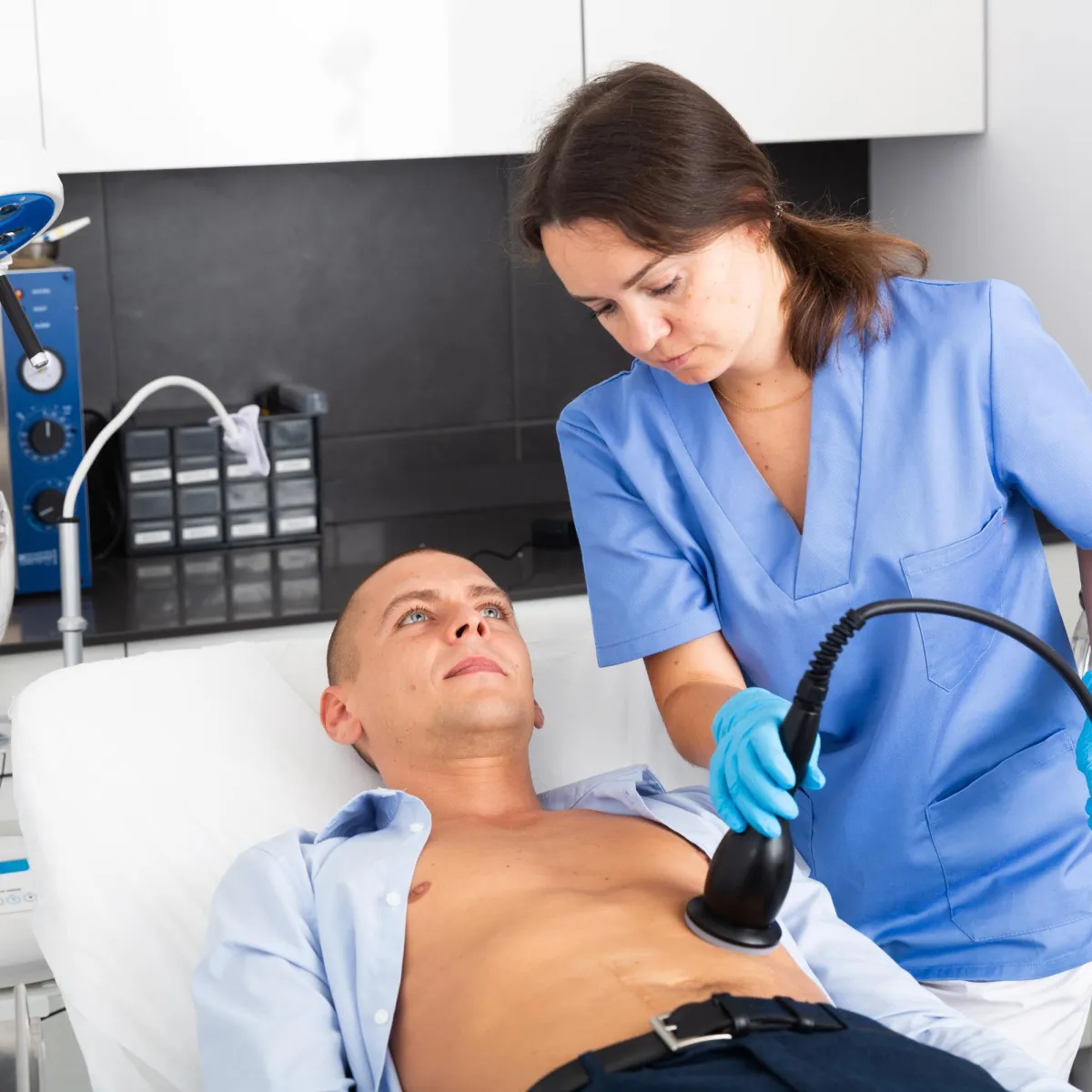
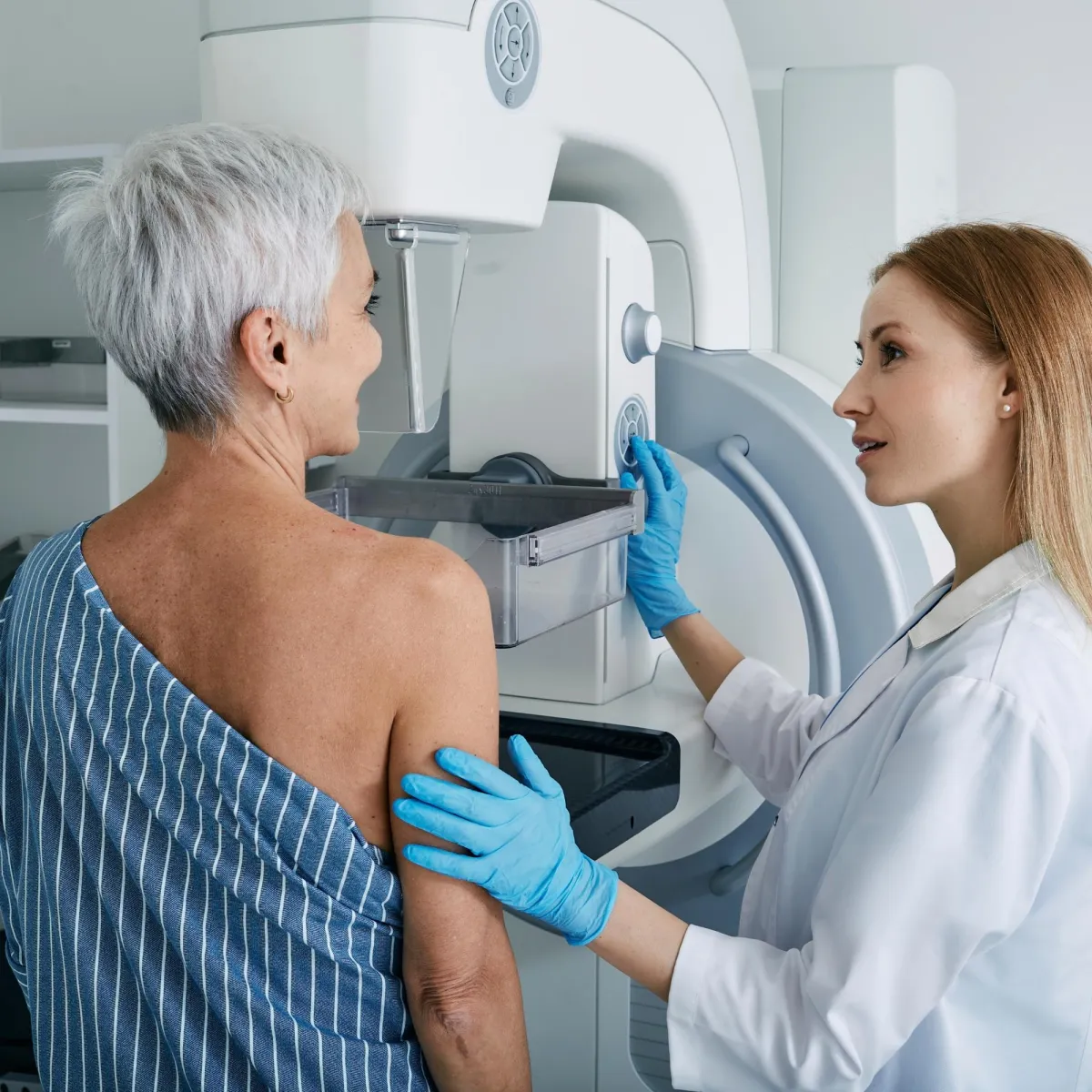
MRI
Ultrasound
Women's Imaging
M-F: 8:00am-5:00pm
Extended Hours Available
Upon Request

